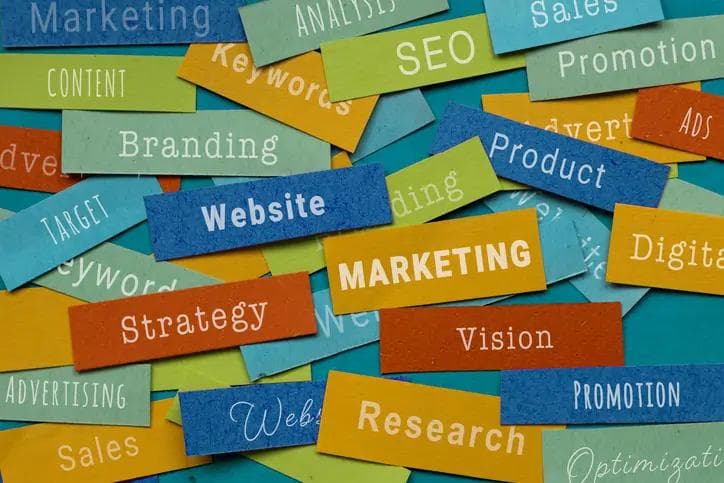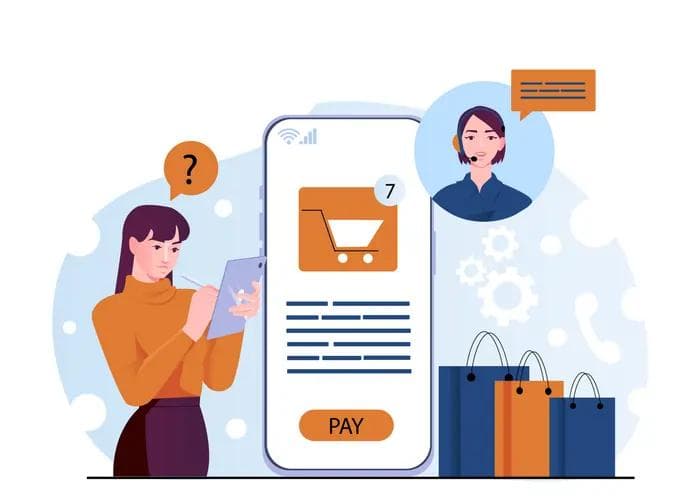Brand Safety and Reputation Risk in the Age of Algorithmic Virality
Brand Safety and Reputation Risk in the Age of Algorithmic Virality
Published by Wanda Rich
Posted on May 19, 2025

Published by Wanda Rich
Posted on May 19, 2025

Reputation management has always been a concern for businesses, but the dynamics have shifted. Today, a brand’s public image can change rapidly—not because of planned campaigns or press coverage, but because of how content is ranked and surfaced by social media platforms.
Content that spreads through algorithmic virality—the kind promoted by systems designed to maximize engagement—often reaches large audiences for reasons unrelated to accuracy or intent. These recommendation engines, used by platforms like TikTok, YouTube, and X (formerly Twitter), prioritize posts that are provocative, outrageous, or emotionally engaging, according to the New York Times. That means visibility is often disconnected from context or brand control.
For companies, this creates real challenges. A message can be lifted out of its intended setting, pulled into unrelated conversations, or shown alongside controversial content that changes its meaning. Understanding this environment is now essential to protecting brand integrity.
How Algorithmic Virality Works
Social platforms determine not only what content is seen, but how far and how fast it spreads. Most major networks—TikTok, YouTube, Instagram, X—rely on algorithms that prioritize engagement-based metrics. These systems track how long users watch a video, whether they like, comment, or share, and how quickly interaction begins—criteria that platforms like TikTok explicitly identify as factors in their recommendation systems.
This model is a sharp departure from earlier forms of digital sharing, when a brand’s reach depended on its followers or organic word of mouth. That older form of virality was shaped by human judgment—people shared posts because they were useful, funny, or emotionally resonant. As noted in the Harvard Business Review, content that evokes high-arousal emotions—such as awe, anger, or anxiety—has historically had a higher likelihood of being shared organically.
Today, those human decisions are largely outsourced to recommendation engines. The platform—not the user—decides what gets amplified. Even if a brand doesn't intend to go viral, its content—or a post referencing it—can be surfaced widely for reasons that have little to do with message quality or brand objectives.
That visibility can be a double-edged sword. A campaign might be embraced—or it might be twisted, misinterpreted, or pulled into a trend that alters its meaning entirely. In this environment, visibility is no longer a proxy for approval. What spreads is often what sparks a reaction, and that reaction doesn’t always work in a brand’s favor.
The New Landscape of Brand Safety Risks
Traditional reputation management was about controlling the message—press releases, media training, and carefully crafted crisis plans. Those tools still matter, but they’re no longer enough in today’s fragmented and fast-moving digital environment. The risks have multiplied, and many are outside a brand’s direct control.
Ad adjacency is one of the most visible issues. Programmatic ad systems can place your brand next to controversial or inappropriate content, dragging your message into conversations you never intended to join. In 2017, AT&T, Verizon, and Walmart pulled their ads from YouTube after discovering they were being shown alongside extremist content—highlighting just how little control brands sometimes have over where their messages appear.
Impersonation and synthetic media are rising threats. With AI-generated deepfakes and lookalike social media accounts, it’s easier than ever for malicious actors to hijack a brand’s identity. According to the Federal Trade Commission, scammers are increasingly using AI tools to impersonate individuals and organizations, prompting new proposals to strengthen protections against deepfake-driven fraud.
Memeification is harder to anticipate—and harder to stop once it starts. In 2019, Peloton released a holiday advertisement meant to showcase a woman’s fitness journey. Instead, it quickly became a viral meme, widely mocked online for its dystopian tone and perceived messaging about body image. The brand’s intent was lost as parodies and critiques dominated public conversation, showing how quickly narrative control can shift once content gains traction on algorithm-driven platforms.
Understanding these dynamics—and building safeguards around them—is no longer optional. In a reputation economy, context is everything.
Real-Time Response vs. Preemptive Governance
When a crisis hits, speed matters. Brands often have only minutes—not hours—to respond before narratives solidify online. That’s why social media listening and crisis monitoring tools are no longer optional—they’re essential for identifying risks as they emerge. But technology is only part of the solution. Without clear internal protocols—who responds, how fast, and on which channels—even the best tools fall short. The difference between a brief reputational flare-up and a sustained PR disaster often comes down to timing and preparedness.
Preemptive governance is where brand safety truly begins. This means going beyond monitoring to actively reduce exposure to risk before content ever goes live:
The need is clear: 96% of organizations experienced at least one disruption in the past two years, yet many still lack formal crisis simulation programs. Planning ahead doesn’t just reduce risk—it helps preserve credibility when the unexpected happens.
Partnerships and Platform Accountability
Brands aren’t navigating algorithmic chaos alone. Partnerships with platforms like Meta, YouTube, TikTok, and X are more important than ever for managing brand safety. But not all platforms offer the same level of transparency, control, or responsiveness. Some, like Meta, provide advanced suitability controls and third-party verification tools. YouTube offers advertiser-friendly content filters and placement settings, while TikTok emphasizes pre-bid targeting and contextual protections. X also outlines brand adjacency safeguards, but implementation and enforcement vary.
To support industry-wide alignment, organizations such as the Interactive Advertising Bureau (IAB) have published standardized definitions of brand safety and suitability. Meanwhile, the Global Alliance for Responsible Media (GARM)—an initiative led by the World Federation of Advertisers—continues to develop frameworks that promote responsible media investment and content classification.
These efforts are essential, but they don’t remove the responsibility from individual brands. Companies must evaluate each platform’s safety capabilities with a corporate risk mindset—not just a media buying one. In a landscape where algorithms determine visibility, understanding where your content goes—and how it's contextualized—can make or break a brand’s reputation.
Building a Resilient Brand in a Viral World
The brands that weather viral storms are the ones grounded in clear values and consistent communication. In today’s digital landscape, trust is built not just through messaging, but through accountability.
When something spreads—whether positive or negative—transparent communication matters. Audiences are quick to react, but they’ll often give a brand the benefit of the doubt when it responds honestly and owns its mistakes.
Algorithmic virality is unpredictable by design. That’s why brand safety isn’t just a PR function—it’s a strategic risk factor, every bit as critical as cybersecurity or supply chain continuity. In a system where platforms decide what surfaces and when, resilience belongs to the brands that understand the mechanics—and prepare accordingly.
Explore more articles in the Business category











